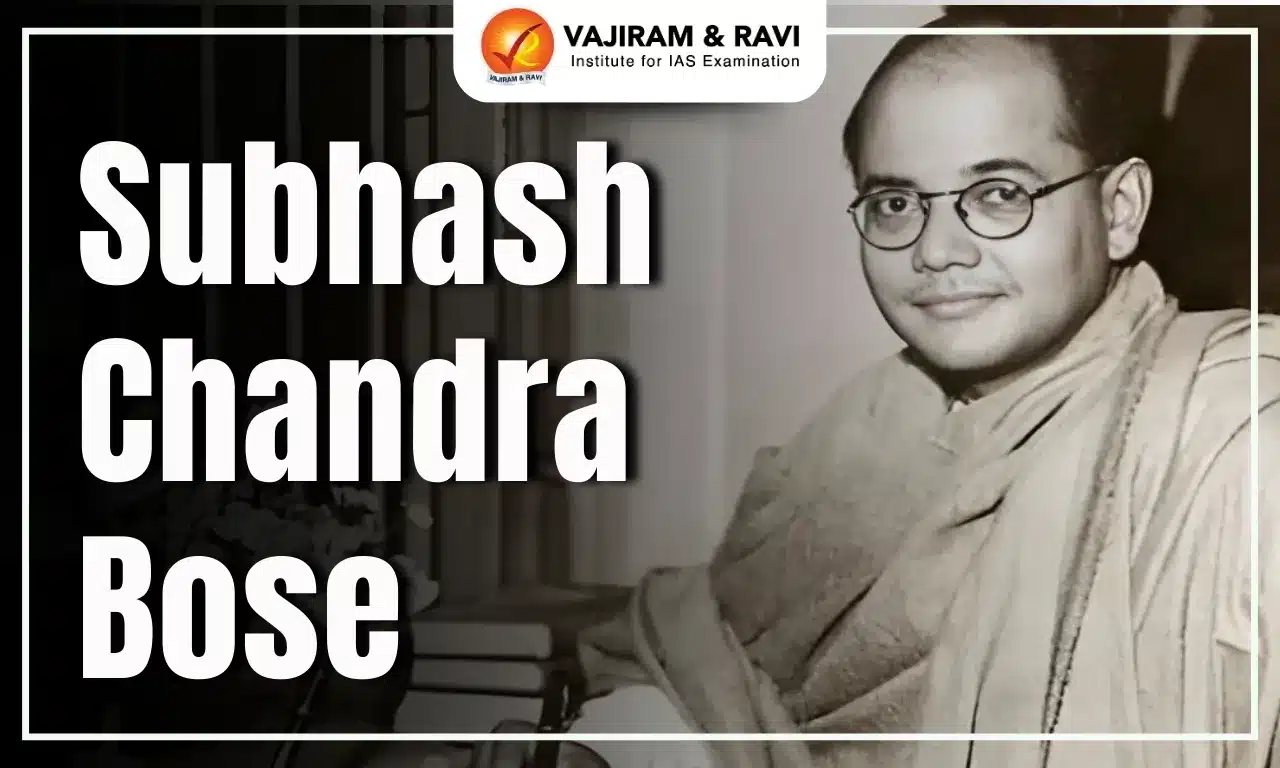The Reorganisation of States in India was an important reform that took place after the country gained independence. It was marked by the State Reorganisation Act of 1956 which was a response to a major reform of state boundaries along linguistic lines. This act followed the Linguistic Provinces Commission (Dhar Commission), which had earlier rejected language as a basis for dividing states. However, public demands, particularly in South India, led to the appointment of the States Reorganisation Commission in 1953. The Act, enacted on 31 August 1956, created new states like Andhra Pradesh, Bombay, Kerala, and others.
The State Reorganisation Act of 1956 was a pivotal moment in India’s history, but it didn’t signal the end of the reorganisation process. Later, several new states and Union Territories were established to accommodate regional identities and administrative requirements.
Background of State Reorganisation in India
After India gained independence, there was a need for better governance and administrative structures. The formation of states took into account financial, economic, and language considerations.
- State Divisions in 1951: India was divided into four parts: Part A, Part B, Part C, and Part D.
- Part A States (Nine States): Included Assam, West Bengal, Bihar, Bombay, Madhya Pradesh (formerly Central Provinces and Berar), Madras, Orissa, Punjab, and Uttar Pradesh (formerly United Provinces). These states were primarily based on historical regions and shared cultural and linguistic ties.
- Part B States (Nine States): Comprising Hyderabad, Jammu and Kashmir, Saurashtra, Mysore, Travancore-Cochin, Madhya Bharat, Vindhya Pradesh, Patiala, and East Punjab States Union (PEPSU). These states had unique characteristics and were formed considering local identities.
- Part C States (Ten States): Included Delhi, Kutch, Himachal Pradesh, Bilaspur, Coorg, Bhopal, Manipur, Ajmer, Cooch-Behar, and Tripura. These states were a mix of former Chief Commissioners’ provinces and centrally administered areas.
- Part D Territory: The Andaman and Nicobar Islands (Part D) were governed by an appointed governor under the Indian President.

Rationale behind the Reorganisation of the Indian States
The reorganisation of states involves balancing administrative, cultural, economic, and political factors. It aims to create a responsive and inclusive framework for governing India’s diverse regions.
- Linguistic and Cultural affiliations: The reorganisation often takes into account the linguistic and cultural similarities among people in a region. This also helps in better administration and governance.
- The first linguistic state, Andhra Pradesh, was carved out of Madras in 1953.
- The state was formed due to the death of Potti Sreeramulu in December 1952.
- Regions like Bodoland in Assam and the tribal areas in Tripura have been demanding separate statehood to preserve their unique cultural identity and for better economic development.
- The first linguistic state, Andhra Pradesh, was carved out of Madras in 1953.
- Tribal and Ethnic identities: States like Nagaland were formed considering tribal affiliations. This was done to address the unique cultural and social aspirations of specific communities.
- Economic development: Some regions, like Chhattisgarh, Jharkhand etc. felt that separate statehood was necessary for economic growth as the existing state government was unable to adequately meet the development needs of the area.
- Administrative viability: States like Uttarakhand were carved out from larger states (in this case, Uttar Pradesh) to ensure better administrative viability and governance.
- Security issue: The case of Jammu and Kashmir is a prime example where security issues played a significant role in the reorganisation of the state into two Union Territories – Jammu & Kashmir, and Ladakh.
Commissions related to State Reorganisation
The Indian government constituted several commissions and committees to study the question of state reorganisation and provide recommendations for the same. Some of the key commissions and their findings are as follows:
| Commission | Key Details |
| Dhar Commission |
– Constituted: June 1948. – Members: SK Dhar, JN Lal, and Panna Lall. – Main Recommendations: The commission proposed the establishment of two new provinces:
– The commission rejected the idea of organising provinces solely or primarily on linguistic grounds. – It emphasised factors such as geographical continuity, financial self-sufficiency, administrative convenience, and future development capacity for state reorganisation. – Emphasised safeguarding tribal rights, including land rights and cultural practices. |
| JVP Committee |
– Constituted: December 1948. – Members: Jawaharlal Nehru, Vallabhbhai Patel, and Congress President Pattabhi Sitaramayya. – Main Recommendations:
|
|
Fazl Ali Commission (State Reorganisation Commission) |
– Constituted: 1953. – Members: Justice Fazal Ali, Sardar K. M. Panikkar, and Hriday Nath Kunzru. – Main Recommendations:
– Based on these recommendations, the State Reorganisation Act 1956 was passed, creating 14 centrally governed states and 6 union territories. – It also led to the passing of the 7th Constitutional Amendment Act in 1956, which replaced the four types of states known as Part A, B, C, and D with two categories: States and Union territories.
|
New States and Union Territories Created After 1956
The SRC 1956 and subsequent act paved the way for state organisations in India. The reorganisations have been based on multiple factors, language being merely one of them.

- Maharashtra and Gujarat (1960): The Bombay Reorganisation Act of 1960 led to the creation of Maharashtra and Gujarat.
- This resulted from agitations like the Samyukta Maharashtra movement (for Marathi-speaking regions) and the Mahagujarat movement (for Gujarati-speaking regions).
- Punjab, Haryana, and Himachal Pradesh (1966): The Punjabi Suba movement advocated for a separate state for Punjabi-speaking people.
- The Punjab Reorganisation Act of 1966 led to the creation of Punjab (for Sikhs and Punjabi speakers), Haryana (for Hindi speakers), and Himachal Pradesh (for hilly terrain). Chandigarh, however, remained a Union Territory.
- Himachal Pradesh, initially a union territory, was granted statehood in 1971.
- Goa and Daman & Diu (1987): Goa became a state in 1987 following nationalistic movements. Indian troops had captured Goa and Daman & Diu in 1961. Daman & Diu, however, remained a Union Territory.
- Puducherry (1962): Comprising former French settlements, it was transferred to India in 1954 and became a union territory in 1962.
- Nagaland (1963): Formed by separating the Naga Hills and Tuensang area from Assam, it became the 16th state of India.

- Manipur, Tripura and Meghalaya (1972): These former union territories were granted statehood, increasing the total number of states in India to 21.
- Sikkim (1975): Initially a “protectorate” under India, Sikkim was granted the status of an associate state in 1974 and became a full-fledged state in 1975.
- Mizoram, Arunachal Pradesh and Goa (1987): These three new states were established, with Mizoram and Arunachal Pradesh previously being union territories.

- Chhattisgarh, Uttarakhand and Jharkhand (2000): These states were formed by dividing the territories of Madhya Pradesh, Uttar Pradesh, and Bihar respectively.
- Telangana (2014): Formed from the territories of Andhra Pradesh, it became the 29th state of India.
- Jammu & Kashmir and Ladakh (2019): The former state of Jammu and Kashmir was divided into two separate union territories.
Current Statehood Demands
Various regions continue to seek separate statehood or reorganisation:
- Uttar Pradesh: Proposals for dividing Uttar Pradesh into smaller states like Purvanchal, Pashchim Pradesh, Bundelkhand, and Awadh Pradesh have been discussed.
- Maru Pradesh: A demand from western Rajasthan.
- Vidarbha: The Nagpur and Amravati divisions of eastern Maharashtra aspire to be a separate state.
- Other Demands: Delhi, Gorkhaland, Kamtapur, North Bengal, Jungle Mahal, Bodoland, Barak Valley, Coorg, Baghelkhand, Rayalaseema, Saurashtra, Mithila, Panun Kashmir, Bru Land, and Chakma territory in Arunachal Pradesh all represent diverse aspirations.
Reorganisation of States UPSC PYQs
Question 1: The political and administrative reorganisation of states and territories has been a continuous ongoing process since the mid-nineteenth century. Discuss with examples. (UPSC Mains 2022)
Question 2: Discuss whether the formation of new states in recent times is beneficial or not for the economy of India. (UPSC Mains 2018)
Question 3: Has the formation of linguistic states strengthened the cause of Indian unity? (UPSC Mains 2016)
Last updated on April, 2025
→ UPSC Notification 2025 was released on 22nd January 2025.
→ The UPSC Vacancy 2025 were released 1129, out of which 979 were for UPSC CSE and remaining 150 are for UPSC IFoS.
→ UPSC Admit Card 2025 is expected to release in first week of May for CSE Prelims Exam 2025.
→ The UPSC Prelims 2025 is scheduled to be conducted on 25th May 2025 and UPSC Mains 2025 will be conducted on 22nd August 2025.
→ Apply once through it and aspirants can apply for various government exams conducted by UPSC.
→ The UPSC Selection Process is of 3 stages-Prelims, Mains and Interview.
→ UPSC Result 2024 is released with latest UPSC Marksheet 2024. Check Now!
→ UPSC Toppers List 2024 is released now. Shakti Dubey is UPSC AIR 1 2024 Topper.
→ Also check Best IAS Coaching in Delhi
Reorganisation of States FAQs
Q1. What was the total number of states formed as a result of the State Reorganisation Act of 1956?+
Q2. What was the process of State reorganisation in India?+
Q3. Which was the First State of Independent India?+
Q4. Who was the chairman of the State Reorganisation Commission?+
Q5. What was the main recommendation of the State Reorganisation Commission?+















